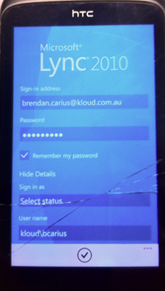Deploying Office 365 Desktop Updates
When migrating to Office 365 it is necessary to distribute updates to your client machines which will facilitate authentication with the Office 365 service along with adding features and support for the Office 365 services into the Office suite on your desktop.
There are a couple of ways these updates can be distributed to the client machines: –
Centralised Deployment
Many businesses will have an SOE and a managed environment in which the most effective method of distribution will be using a patch management system such as Microsoft System Centre Configuration Manager.… [Keep reading] “Deploying Office 365 Desktop Updates”

